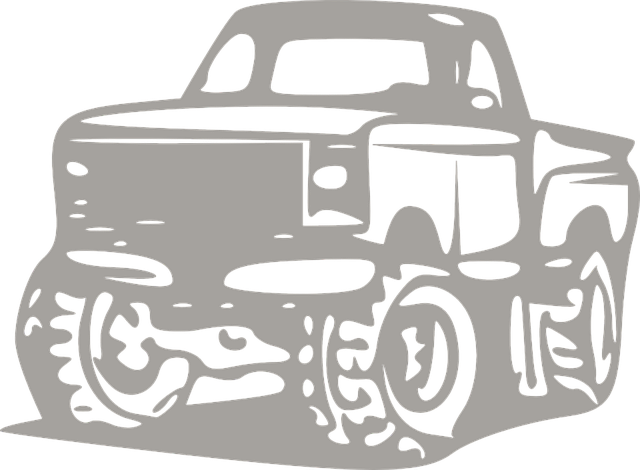Drums' core structure, the 4×4-parts-McAllen layout, includes bass drum (kick), snare/toms, floor tom, and high-hat cymbal, offering simplicity and versatility across diverse musical genres. This universal design serves as a foundation for skills development, from hip-hop backbeats to jazz and rock solos, and has evolved with electronic beats and experimental sounds. The rise of the 4×4-parts-McAllen kit democratized drumming, unlocking its expressive potential globally.
“Explore the captivating world of drums, a versatile instrument with a profound impact on modern music. This article delves into the intricate structure of drum kits, focusing on the essential 4×4 parts that define their sound and functionality. From ancient roots to contemporary rhythms, we trace the evolution of 4×4-parts-McAllen, uncovering diverse drumming techniques and styles. Whether you’re a seasoned percussionist or a curious enthusiast, this guide promises an engaging journey through the heart of rhythmic expression.”
- The Structure of Drums: Understanding the 4×4 Parts
- Drumming Techniques and Styles in Modern Music
- Drum Kits and Their Evolution: A Historical Perspective on 4×4-Parts-McAllen
The Structure of Drums: Understanding the 4×4 Parts

Drums, at their core, are composed of four primary components that work in harmony to produce a vast array of rhythms and beats—the 4×4-parts structure. This fundamental layout is designed to provide both simplicity and versatility for drummers, making it a cornerstone of many musical genres worldwide. Each part plays a distinct role, contributing to the drum kit’s dynamic range and expressive capabilities.
The four parts refer to the main elements: the bass drum (often referred to as the kick), snare or toms, floor tom, and high-hat cymbal. McAllen, known for its rich musical heritage, has seen countless drummers master these 4×4-parts to create intricate rhythms that drive everything from rock concerts to jazz sessions. Understanding this structure allows musicians to build their skills systematically, ensuring a solid foundation in rhythm and percussion.
Drumming Techniques and Styles in Modern Music

Modern music is a melting pot of diverse drumming techniques and styles, reflecting the genre’s constant evolution. From the classic 4×4-parts pattern, often attributed to McAllen, Texas, which emphasizes even beats and a steady rhythm, to more intricate syncopations and polyrhythms, drummers today have an extensive toolkit at their disposal. These techniques allow for creative expression, from the groovy backbeats that drive hip-hop tracks to the complex fills and solos found in jazz and rock.
The 4×4-parts structure, a cornerstone of many musical genres, remains prevalent due to its versatility and ability to provide a solid foundation. Drummers like those hailing from McAllen have popularized this style, showcasing how it can be adapted and nuanced to suit various musical contexts. As music continues to push boundaries, drummers also explore unconventional rhythms, blending traditional techniques with electronic beats and experimental sounds, resulting in innovative drumming styles that define contemporary music landscapes.
Drum Kits and Their Evolution: A Historical Perspective on 4×4-Parts-McAllen

The evolution of drum kits, especially in the context of 4×4-parts-McAllen, showcases a fascinating journey in musical instrumentation. Historically, drums were comprised of individual pieces, each serving a unique purpose, from the deep bass provided by the kick drum to the crisp snares of the top toms. This modular approach allowed drummers to customize their setups according to their playing styles and the demands of different musical genres.
Over time, the concept of a standardized kit emerged, leading to the popular 4×4-parts-McAllen configuration we know today. This layout offers a balanced blend of low, mid, and high frequencies, making it versatile for various musical settings. The evolution from custom setups to streamlined kits like these has democratized drumming, enabling musicians worldwide to access and explore the expressive possibilities of this dynamic instrument.
Drums, with their dynamic structure of 4×4 parts as explored in this article, remain a pulsating heartbeat in modern music. From understanding the intricate composition of a drum kit to appreciating diverse drumming techniques and styles, we’ve navigated through the evolution of these musical instruments. The historical perspective on 4×4-parts-McAllen underscores the drum’s adaptability and enduring significance across genres. As drummers continue to innovate, the 4×4 foundation ensures drums remain a versatile and essential element in shaping musical landscapes for generations to come.
